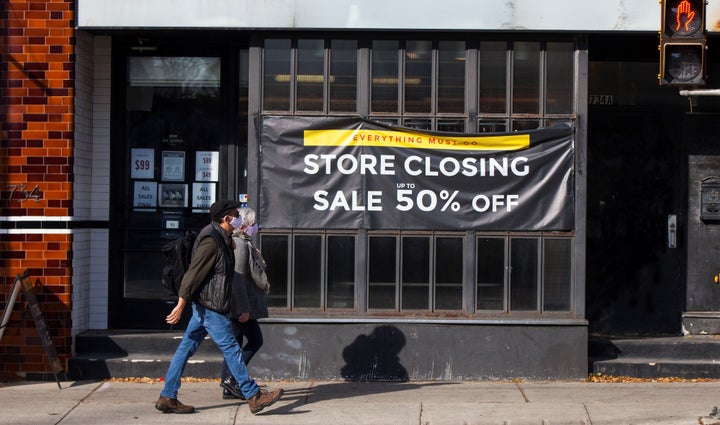
Canada’s job recovery took a major step backwards in January, with the country losing 213,000 jobs as renewed pandemic restrictions took a bite out of economic activity.
Part-time work in Central Canada accounted for much of the job loss. Ontario and Quebec together lost 251,000 jobs, which was partly offset by small job gains in all other provinces, except Newfoundland, where job levels were statistically unchanged in January.
The January losses were far worse than the 40,000 to 50,000 job decline economists had been expecting.
Watch: These jobs will be in demand in the post-pandemic world. Story continues below.
The unemployment rate jumped to 9.4 per cent, the highest level since August and up from 8.8 per cent the month before.
“In the grand scheme of things, the second wave has still been less destructive in terms of total economic damage than the the first,” CIBC economist Royce Mendes wrote. “Last March and April the labour market shed 3 million jobs.”
While many of those losses have been regained, Canada still had 858,000 fewer jobs last month than before the pandemic, StatCan noted.
Uneven impact
As before, job losses were concentrated in industries most impacted by pandemic restrictions ― food and accommodation, retail, and culture and recreation.
In a number of high-paid industries ― including finance and insurance, real estate and professional, scientific, and technical services ― jobs have recovered to their pre-pandemic levels, StatCan said. Those jobs saw little change in January.
As with the pandemic’s first wave, women, visible minorities and youth took the brunt of the job losses.
Women in the “core working age” group of 25 to 54 lost 73,000 jobs, or 1.3 per cent of all the jobs in that group. Men in that age group lost 33,000 jobs, or 0.5 per cent.
The jobless rate among Southeast Asian Canadians jumped 7.6 percentage points, to 20.1 per cent, while Black Canadians saw their jobless rate jump 5.5 points, to 16.4 per cent.
Canada’s situation stands in contrast to the U.S., where the job market is still recovering from last year’s shutdowns, albeit slowly. The U.S. added 49,000 jobs in January, the Bureau of Labor Statistics reported ― a small increase by that country’s standards.
The jobless rate south of the border fell to 6.3 per cent, from 6.7 per cent a month earlier.
“Looking ahead, the good news is that cases are trending down across the country, and provinces are contemplating gradually lifting restrictions. Alberta and Quebec will start loosening some measures this month, allowing for the recovery to get back on track,” TD Bank economist Sri Thanabalasingam wrote in a client note.
“Still, the emergence of more contagious variants of the virus, and hiccups in the rollout of the vaccine, suggest that the road to full recovery remains a long one.”